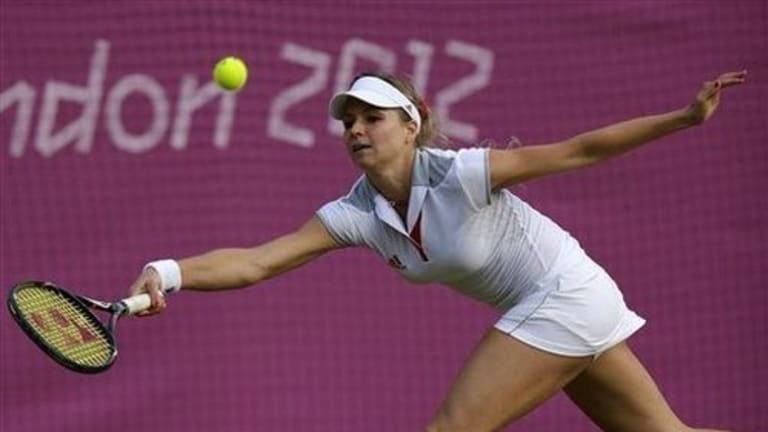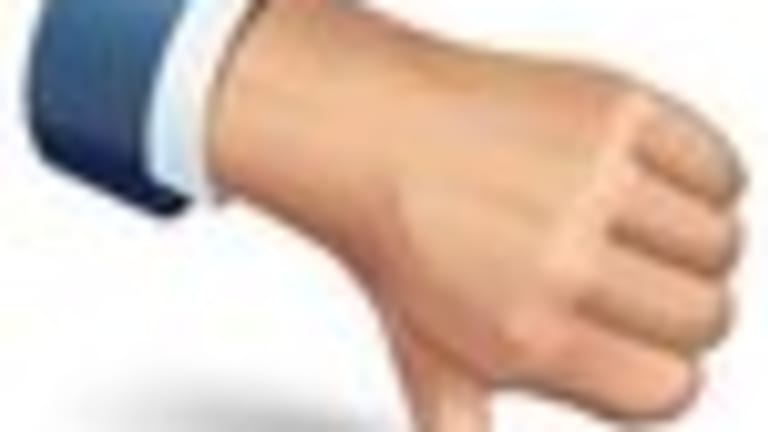I can't help but fall back on the old cliche — all he does is win, baby. . .
That's Roger Federer of Jupiter, er, Switzerland, who moved into the semis today with a win over Long John Isner of the USA, the scores were 6-4, 7-6 (5). It was the day after Swiss hopes had been crushed in a number of Olympic events, including the men's doubles in tennis. Federer and his partner, Stan Wawrinka, were the defending champs but they walked away with squat — just like the other hopeful Swiss athletes scattered throughout London.
But who better to shoulder the load of Swiss depression than "the maestro," who grinned after the match and said, of yesterday, "We (Swiss) were getting a little nervous."?
What can you say about his outstanding performance against one of the most dangerous players anyone may have the misfortune to meet on grass? Isner converted an outstanding 71 percent of his first serves, yet Federer, who served 63 percent, won more of his first serves than did Isner (albeit by a narrow 78 to 75 percent margin).
The first point of the second set tiebreaker was a classic. Isner hit a second serve that Federer handled with a dink return that drew Isner to the net. The American hit a drop volley with his forehand, just as Federer had anticipated. He passed Isner with a picture perfect down-the-line backhand.
!ThumbsupMaria Sharapova, who's from Bradenton, Fla, but plays for the Russian team, was fighting for a place in the medal round (semifinals), and she turned in a gold-worthy performance against retiring hausfrau Kim Clijsters, an unseeded quarterfinalist from Belgium.
The No. 3 seed, Sharapova looked terrific. Clijsters had a banner day at the service notch, converting 76 percent of her first serves, yet Sharapova shoved many of them right back down her throat (you can read my Racquet Reaction to the match elsewhere), thanks to the shot that's been the catalytic ingredient in what is shaping up as Sharapova's career year — her service return.
Clijsters, a part-timer for various reasons including injury, is still dangerous. But I don't think she's had enough recent experience against seasoned, dedicated professionals like Sharapova. While many of the points were exciting, Sharapova blew out Clijsters in the first set and cut through her life a knife through butter at crunch time in the second set. Sharapova was nice enough to give her post-match interview in perfect English, without a trace of Russian accent.






